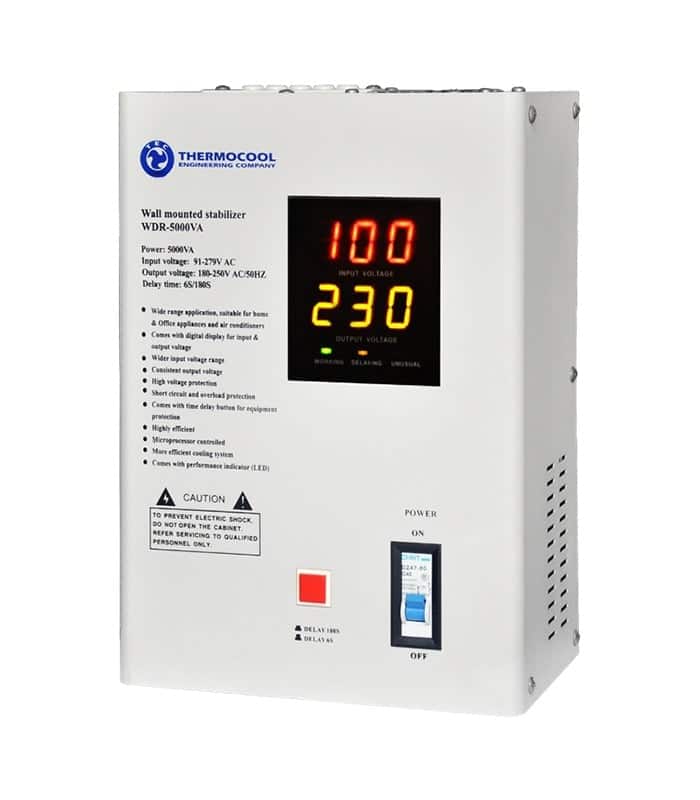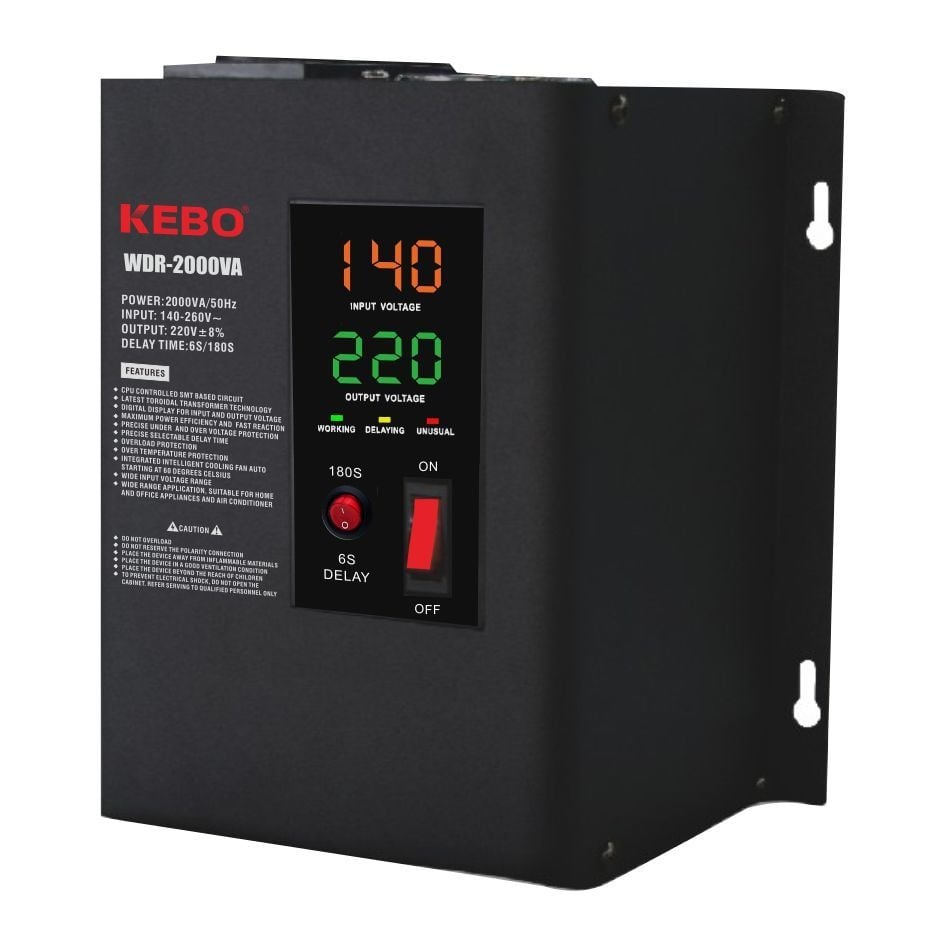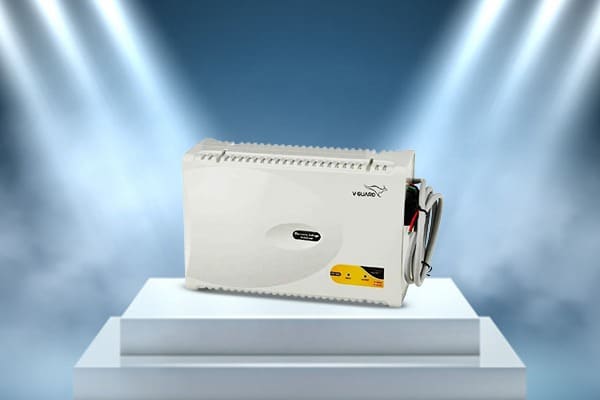Voltage regulators and voltage stabilizers fall under the power protection devices category. Many customers do not understand the distinction between the two and, consequently, pick the incorrect one. Your questions will be answered in the following article.
Page Contents:
Features of an AC Voltage Stabilizer

A device that maintains a constant output voltage is referred to as a voltage stabilizer. It can automatically adjust the power supply circuit or power supply equipment of the output voltage and stabilize the power supply voltage that wildly fluctuates and fails to meet the electrical equipment requirements within its set value range. This allows for a variety of circuits or electrical equipment to be able to work normally under the rated working voltage. The voltage stabilizer comprises a voltage regulation circuit, a control circuit, and a servo motor. When there is a change in either the input voltage or the load, the control circuit will perform sampling, comparison, and amplification. It will then drive the servo motor to rotate in such a way that the position of the carbon brush on the voltage regulator will change. This will cause the coil turn ratio to be automatically adjusted so that the output voltage will remain stable. Its primary application is in apparatus that is either very precise or very large. The objective is to stabilize the voltage, which means to bring the voltage from its current state of being erratic and unregulated to a value that is within a stable range.
Features of an AC Voltage Regulator

The voltage regulator’s job is to bring the actual voltage up to the level that corresponds to the device’s desired voltage level. Its input range is any sliding from 0V to the rated value range, and the point of the input voltage can be adjusted at any time to meet the stability of the output voltage. Its output range is also any sliding from 0V to the rated value range. It is a device that, like a transformer, operates based on the electromagnetic induction principle to alter the AC voltage in order to accomplish voltage conversion in accordance with a predetermined transformation ratio. The only distinction is that it possesses a control motor that, by modifying the coil tie ratio, enables the output voltage to be modified.
Asynchronous wound motors have a structure that is analogous to that of the voltage regulator. Despite this, its operation is very similar to that of a transformer; this is due to the fact that it frequently works while being braked. A worm gear transmission mechanism is incorporated into the voltage regulator. This mechanism can either cause the rotor to produce an angular displacement or cause the rotor to brake. In a single-phase voltage regulator, a change in the relative angular position of the rotor modifies the interlinkage magnetic flux between the stator winding and the rotor winding, which in turn modifies the induced potential of the secondary winding. In a three-phase voltage regulator, a change in the relative angular position of the rotor causes a difference in the induced potential of the secondary winding. Through the use of the self-coupling line connection surface, it is possible to achieve a smooth and step-less transition in both the phase of the induced potential on the stator winding and the rotor winding, as well as the output voltage.
Conclusion
In the simplest terms possible, the voltage regulator is operated manually. When the voltage is too low, operators will manually increase it, and when it is too high, they will manually switch it to the position where it will not increase. A voltage stabilizer is an automatic voltage regulator. It is a circuit that takes the voltage at the output and uses that as its point of reference. When the output is low, the voltage will automatically be increased; when the output is high, the voltage will automatically decrease. The voltage regulator is able to make adjustments to the necessary voltage in accordance with the circumstances of the user. The voltage stabilizer can only stabilize the erratic and unstable voltage at the factory-set value for the voltage. The voltage stabilizer and the voltage regulator can adjust the voltage. However, their primary purposes are distinct. You have a choice to make according to the current circumstances.

